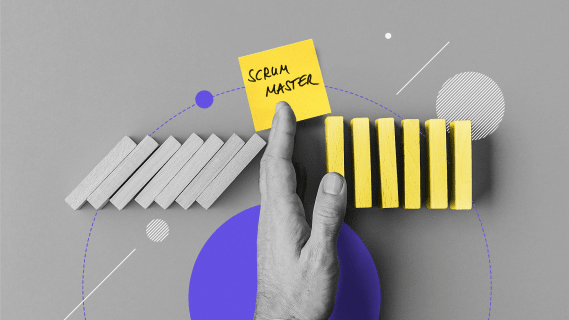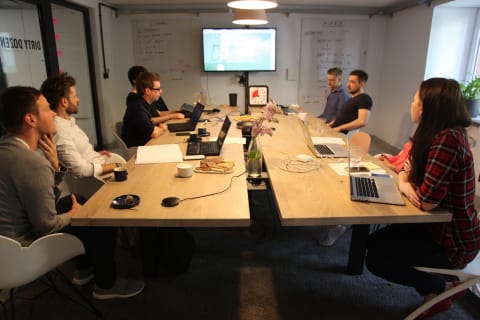Agile you hate, Agile you need. An interview with Radosław Orszewski, Agility Practitioner
"Agile You Hate, Agile You Need" launches our "Around the Product Development" series, where Matt Hallmann talks with Radosław Orszewski, an exeprienced agility practitioner. Dive into Matt's exploration of Agile from a client's viewpoint, discussing its role in today's digital product scene. What criticisms are raised against Agile? Are there credible alternatives? And what's the key to successful Agile implementation? Read on to uncover Radosław's insights into these pivotal questions.





























